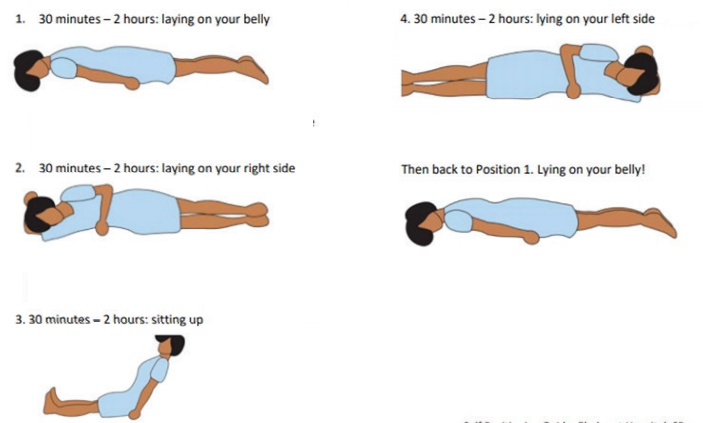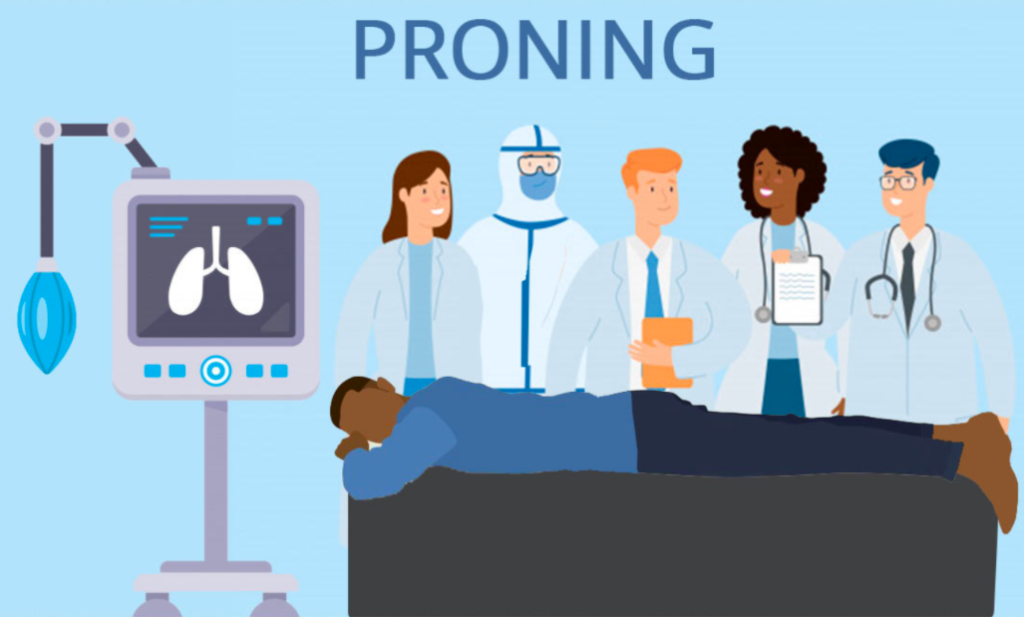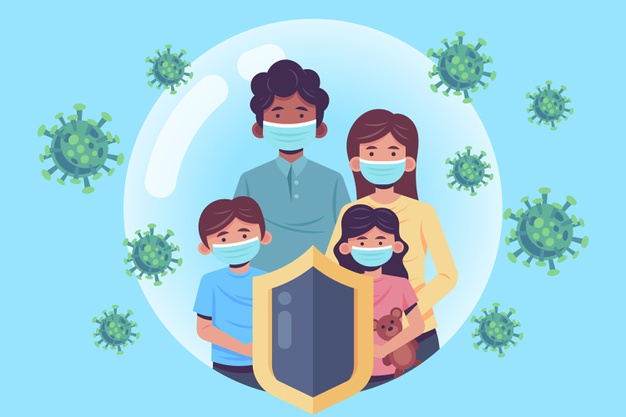PRONING is the process of turning a patient with precise, safe motions, from their back onto their abdomen (stomach), so the individual is lying face down.
Proning is a medically accepted position to improves breathing comfort and oxygenation.
It is extremely beneficial in COVID-19 patients with compromised breathing comfort, especially during home isolation.
IMPORTANCE OF PRONE LYING
- Prone positioning improves ventilation, keeps alveolar units open and breathing easy.
- Proning is required only when the patient feels difficulty in breathing and the SpO2 decreases below 94 (less than 94).
- Regular monitoring of SpO2, along with other signs like temperature, blood pressure and blood sugar, is important during home isolation.
- Missing out on hypoxia (compromised Oxygen circulation) may lead to worsening of complications.
- Timely proning and maintaining good ventilation could save many lives.
POSITIONING OF PILLOW
- One pillow below the neck
- One or two pillows below the chest through upper thighs
- Two pillows below the shins

For Self-Proning:
- You will need 4-5 Pillows.
- Regular alterations in lying position
- Best is to not spend more than 30 minutes in each position

Caution:
- Avoid proning for an hour after meals
- Maintain proning for only as much times as easily tolerable
- One may prone for up to 16 hours a day, in multiple cycles, as felt comfortable
- Pillows may be adjusted slightly to alter pressure areas and for comfort
- Keep a track of any pressure sores or injuries, especially , around bony prominences
Avoid Proning in conditions like:
- Pregnancy
- Deep venous thrombosis (Treated in less than 48 hours)
- Major cardiac conditions
- Unstable spine, femur, or pelvic fractures
Non-self pronating patients (in emergency):
Five-step method to place a patient in the prone position using a regular bed, flat sheet, and family members
- Using a flat sheet, pull the patient to one side of the bed.
- Place the flat sheet around the arm that will pull through (the side you are turning toward).
- A second flat sheet is placed on the bed and tucked under the patient. This sheet will pull through as you are turning the patient.
- Using the sheet, turn the patient over and position the patient prone. The arm and sheet will pull across the bed.
- Pull and center the patient. Discard the sheet that was used to place the patient in the supine position. Straighten lines and tubes.
Source: https://www.mohfw.gov.in/
![]()





